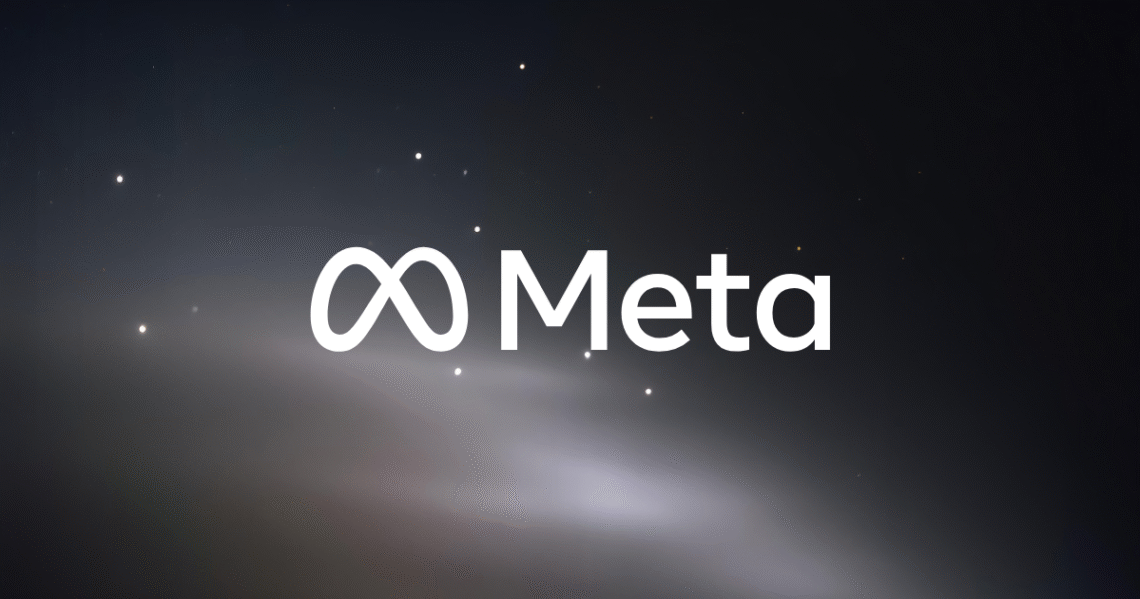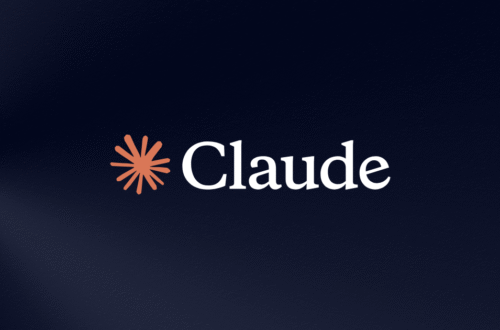The AI landscape is shifting at a breakneck pace. Meta’s release of the Llama 3 family of models has ignited a fresh debate, challenging the long-held dominance of OpenAI’s GPT series. But does Llama 3 truly have what it takes to dethrone the reigning champion, now supercharged as GPT-4o?
This article dives deep into the benchmarks, practical performance, and core philosophies separating these two AI titans. We’ll explore where each model excels to help you decide which is the right tool for your needs.
At a Glance: Key Differences
Before we get into the weeds, here’s a high-level comparison of the flagship models from each family:
| Feature | Llama 3 (70B Instruct) | GPT-4o (“Omni”) |
|---|---|---|
| Model Type | Dense Transformer | Mixture of Experts (MoE) Transformer |
| Accessibility | Open weights, free for research and commercial use | Closed, available via API and ChatGPT |
| Key Strength | State-of-the-art open model, highly customizable | Peak all-around performance, native multimodality |
| Multimodality | Text-only (for now) | Natively handles text, audio, image, and video |
The Tale of the Tape: Benchmarks and Performance
Raw numbers don’t tell the whole story, but they provide a crucial starting point for understanding a model’s capabilities. Meta and OpenAI have both published impressive benchmark scores for their flagship models.
Standardized Benchmarks: A Competitive Race
When Meta launched Llama 3, it made bold claims, and the data largely backs them up. The Llama 3 70B Instruct model was shown to be highly competitive, outperforming many existing models, including Google’s Gemini Pro 1.5.
According to Meta’s official announcement, the 70B model scored an impressive 82.0 on MMLU (a test of general knowledge) and 81.7 on HumanEval (a popular coding benchmark). These scores put it squarely in the territory of early GPT-4 models.
However, OpenAI’s latest model, GPT-4o (“o” for omni), has raised the bar again. As detailed in OpenAI’s introductory post, GPT-4o sets new state-of-the-art records on text, reasoning, and coding evaluations, while also introducing groundbreaking audio and vision capabilities. For context, GPT-4o achieves a score of 88.7 on the same MMLU benchmark, showcasing its superior general knowledge and reasoning abilities.
Beyond the Numbers: The Human Preference Verdict
Perhaps a more telling metric is how these models perform in real-world conversations. The LMSys Chatbot Arena Leaderboard captures this by having users vote for the better response in blind, side-by-side comparisons. This “blind taste test” is a powerful indicator of perceived quality.
As of late May 2024, the leaderboard consistently places GPT-4o at the very top, with its predecessor, GPT-4-Turbo, close behind. However, Llama-3-70B-Instruct has firmly established itself as the undisputed king of open-weight models, often ranking third or fourth overall. This is a remarkable achievement, proving that Llama 3 isn’t just a benchmark champion—it’s a genuinely helpful and coherent conversationalist that users love.
Practical Applications: Where Does Each Model Shine?
The best model for you depends entirely on your project’s goals, budget, and technical requirements.
Why You Might Choose Llama 3
- Customization and Control: As an open-weight model, you can download, modify, and fine-tune Llama 3 on your own data. This is ideal for creating specialized agents that excel at specific tasks, from a customer service bot trained on your company’s documents to a creative writing assistant that mimics a certain style.
- Data Privacy and On-Premise Deployment: You can run Llama 3 on your own infrastructure (local or private cloud). This is a critical advantage for organizations handling sensitive data that cannot be sent to a third-party API.
- Cost-Effectiveness at Scale: While running your own models requires an initial investment in hardware, it can be significantly cheaper than paying per-token API fees for high-volume applications.
Why You Might Stick with GPT-4o
- Peak Performance Out-of-the-Box: For tasks requiring complex, multi-step reasoning, nuanced understanding, and advanced coding assistance, GPT-4o is still widely considered the most powerful general-purpose model available.
- Effortless Multimodality: GPT-4o was designed from the ground up to be multimodal. It can understand and discuss images, analyze data from charts, and even engage in real-time spoken conversation with remarkable speed and emotional nuance. This integrated capability is a massive advantage for building next-generation applications.
- Ease of Use and a Robust Ecosystem: OpenAI’s API is mature, well-documented, and incredibly easy to integrate. Combined with the ChatGPT interface for rapid prototyping, it offers the lowest barrier to entry for accessing state-of-the-art AI.
The Open vs. Closed Debate
The rivalry between Llama 3 and GPT-4o highlights a core philosophical divide in AI development. Meta’s open approach fosters transparency, democratizes access, and accelerates innovation by allowing a global community of developers to build upon its work. They provide tools like Llama Guard 2 to help developers implement safety layers.
OpenAI’s closed, API-driven model prioritizes safety and control. By managing access, OpenAI can more easily prevent misuse and fund its massive R&D costs. Both approaches have valid merits and contribute to a healthier, more competitive ecosystem.
The Verdict: A New Challenger Rises, But the King Isn’t Dethroned (Yet)
So, is Llama 3 on top? The answer is a nuanced “it depends.”
Llama 3 is a monumental achievement for open-source AI. It has drastically closed the performance gap and is unequivocally the best open-weight model family available today. For any developer or organization prioritizing customization, data privacy, or cost at scale, the Llama-3-70B model is a phenomenal choice.
However, GPT-4o retains the crown for raw, out-of-the-box intelligence and cutting-edge multimodal features. For users who need the absolute best all-around performer for complex creative and analytical tasks, OpenAI’s flagship remains the undisputed leader.
The great news is that developers and users are the real winners. The competition is fierce, the pace of innovation is staggering, and with Meta teasing a massive 400B+ parameter Llama 3 model on the horizon, this race is just getting started.




